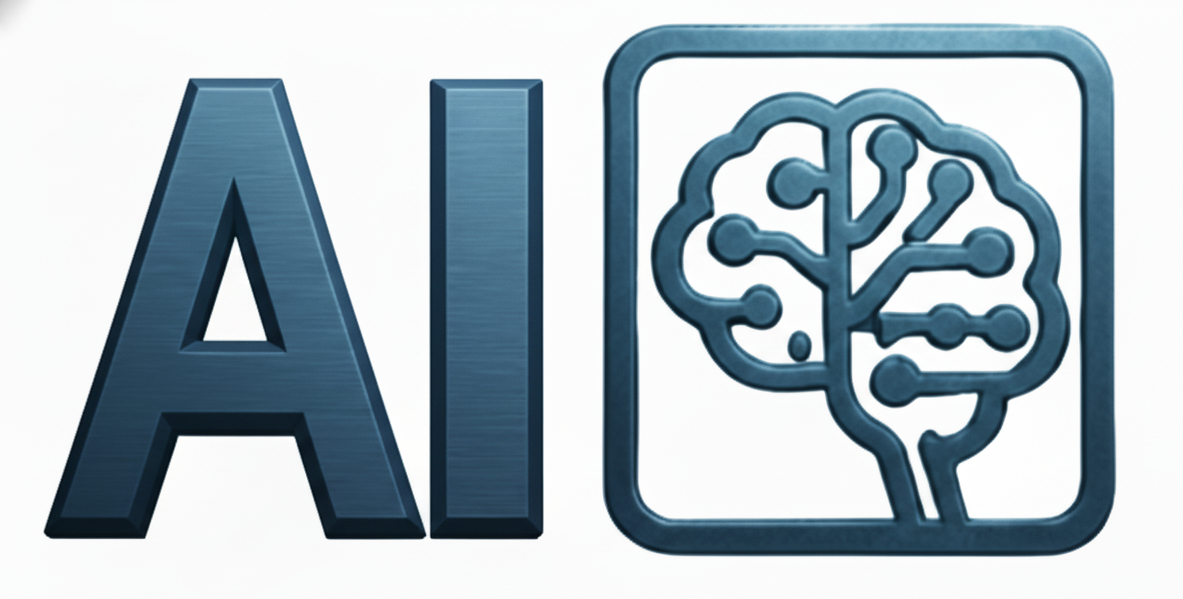
Artificial Intelligence ISAC
Where AI Security Experts Secure the Future of Artificial Intelligence
Discover the Advantages
Based on the Principle of Collective Public-Private Information Sharing and Response Defense, Tailored to the Unique Risks, Challenges and Opportunities Introduced by AI.
Adversarial AI Threat Intelligence
AI-ISAC gathers, analyzes, and disseminates actionable threat intelligence related to AI-systems – Adversarial Attacks, Model Theft and Malicious Use of AI.
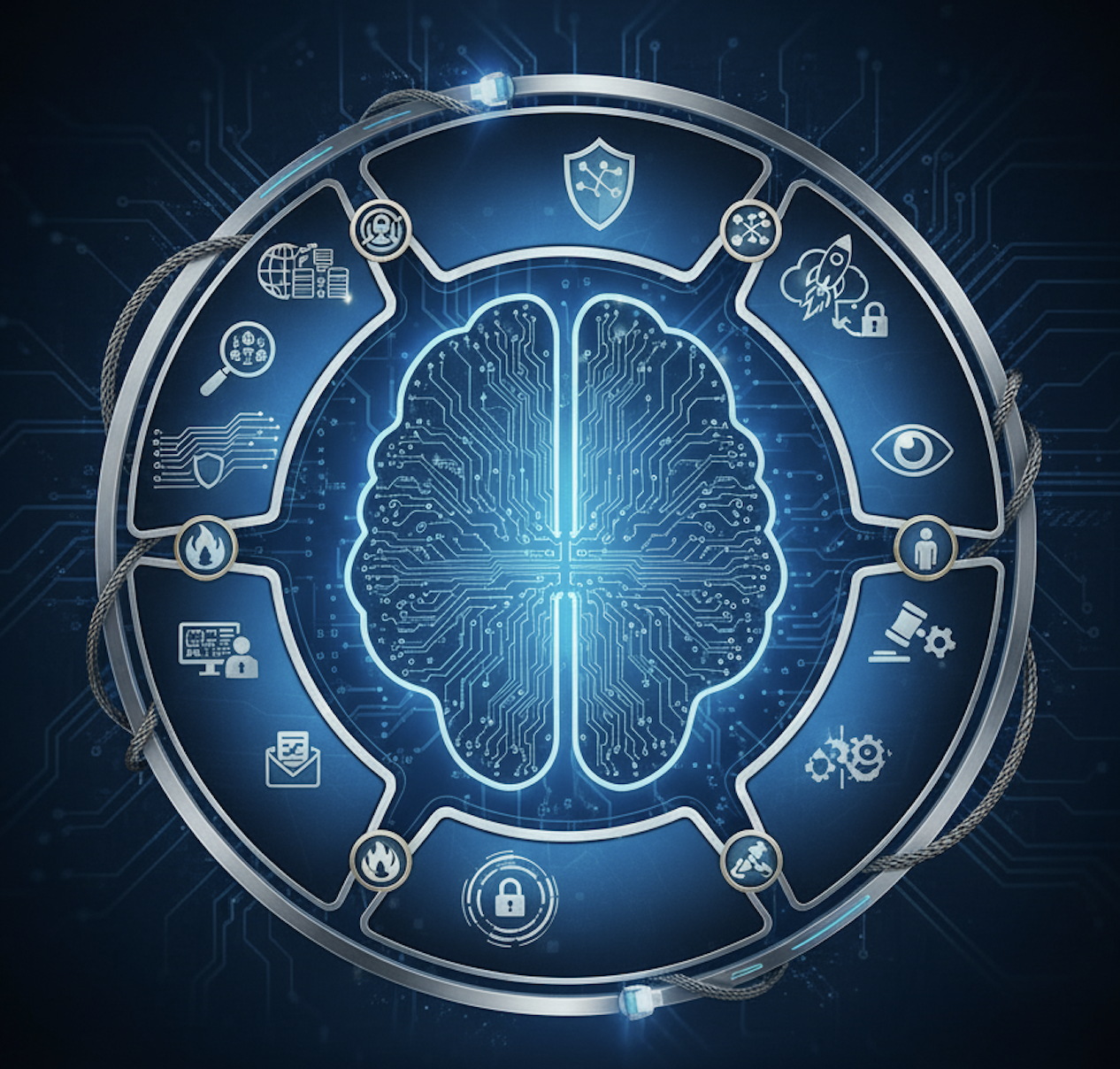
Securing the AI Development Lifecycle
AI-ISAC Focuses on providing best practices guidance for securing the entire AI Development Lifecycle, from data collection and model training to deployment, maintenance and security supported by threat intelligence information, analysis, and response.
Promoting A Collective Defense And Best Practices
AI-ISAC fosters a trusted public-private environment for collaboration among critical infrastructure owners and operators, AI developers, cybersecurity professionals, and other stakeholders – Operationalizing Security Resilience Best Practice Strategies, Developing a Common Vocabulary, and Peer Support.
Community Discussions
Timely, Structured Public-Private Collaborative Forums –
Focused on the Unique Risks, Vulnerabilities, and Defenses Associated with the Integration of AI.
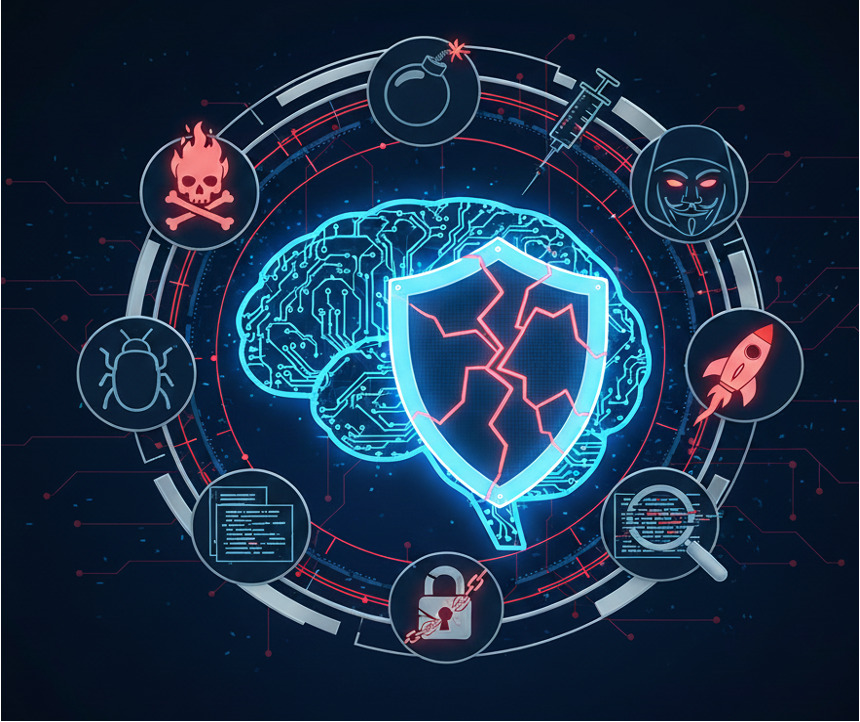
AI-Specific Vulnerabilities and Attacks (Adversarial AI)
AI Vulnerabilities are unique, exploiting weaknesses inherent in Machine Learning (ML) models and the AI pipeline, requiring specialized understanding and defense mechanisms beyond traditional cybersecurity.
Adversarial AI – Attacks on Integrity (Model Behavior) – Evasion Attacks, Data Poisoning, Backdoor/Trojans, Model Inversion/Extraction, Prompt Injection, etc.
Attacks on Confidentiality (Data/Model Secrecy) – Model Extraction/Stealing, Model Inversion/Extraction, Membership Inference.
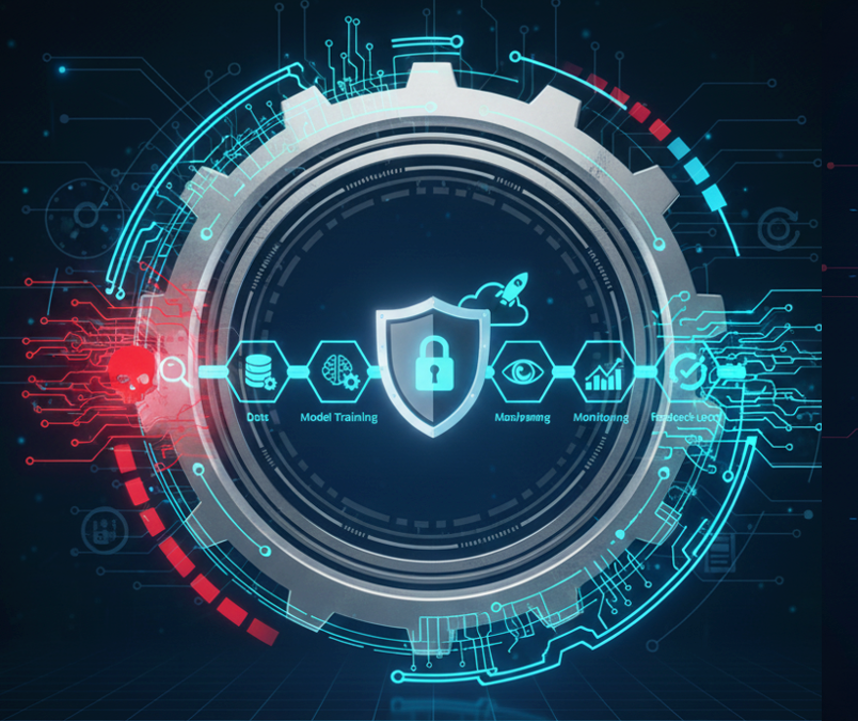
AI/ML Pipeline and Infrastructure Security (MLOps)
Practice of Applying Security Controls – Across the entire machine learning lifecycle – from data ingestion and model training to deployment and monitoring – to ensure the integrity, confidentiality, and availability of AI systems.
Extension of Standard DevOps Principles – To mitigate risk inherent in the ML process. Key focus areas include – Data Security, Model Integrity, Pipeline Hardening, Runtime Environment Security, Monitoring and Auditability.
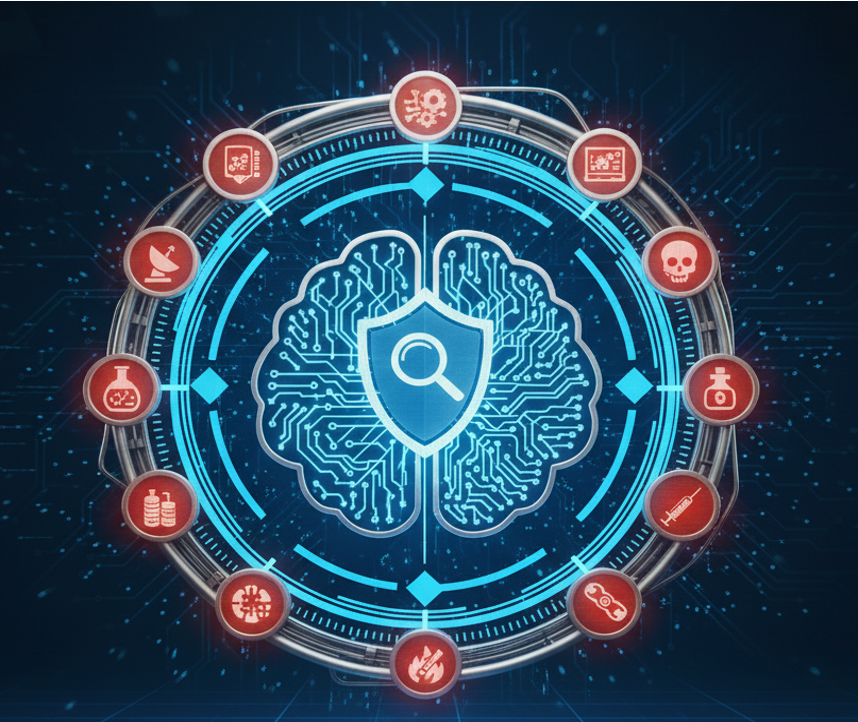
Threat Intelligence and Detection for AI Systems
Identifying, Analyzing and Mitigating Security Threats – Unique to the Machine Learning (ML) lifecycle and infrastructure – Specialized AI Adversarial Attacks Intelligence – Specialized Detection and Monitoring Tools and Techniques.
Goal – Providing ‘actionable’ intelligence that enables organizations to build robust defenses, perform proactive risks assessments, and respond rapidly to threats against AI-driven products and services.
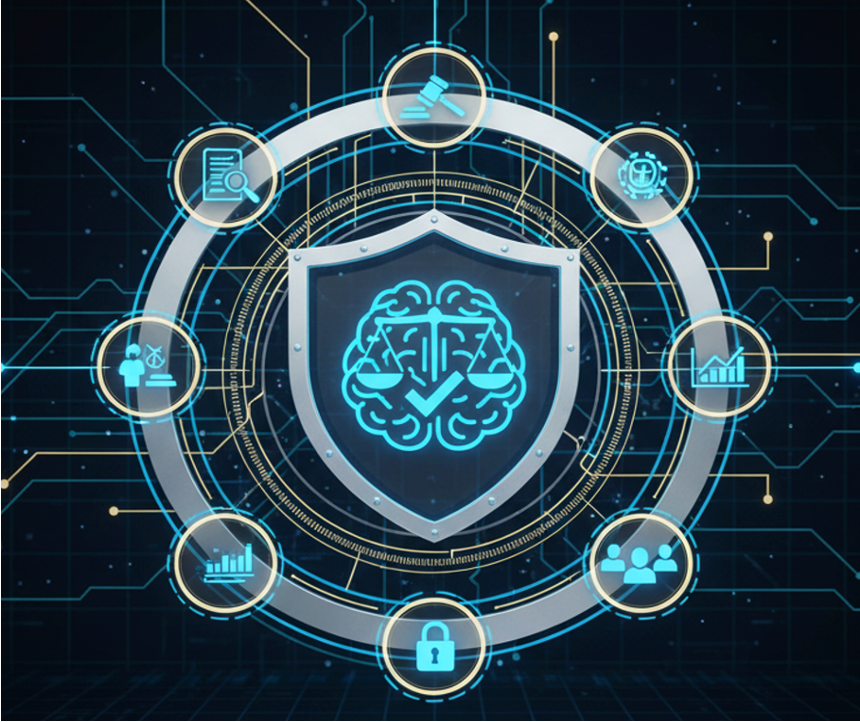
Trustworthy AI
Regulatory Compliance, Ethics, and Privacy
Comprehensive, Multidisciplinary Governance Framework – Dedicated to ensure that Artificial Intelligence (AI) and Machine Learning (ML) systems are developed, deployed, and managed in a manner that is lawful, ethical and aligned with human values throughout the entire lifecycle.
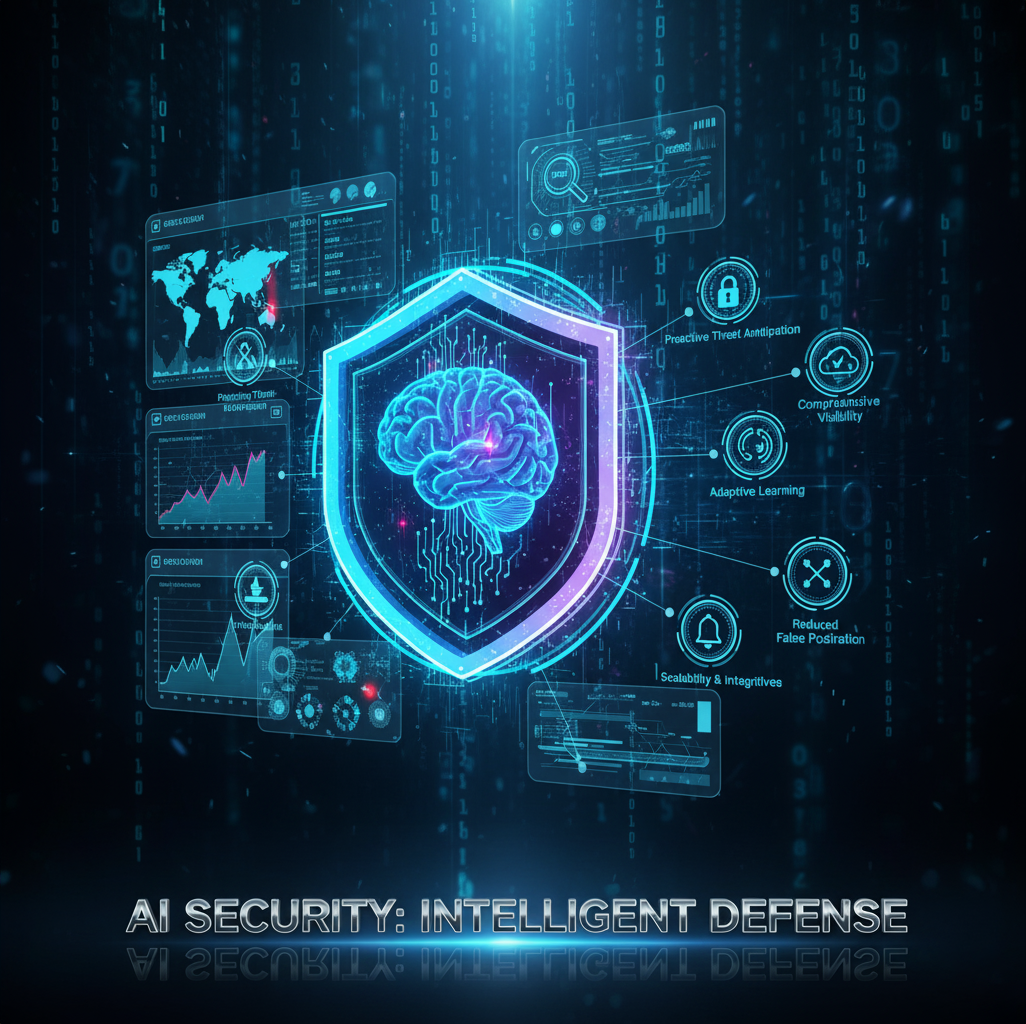
“We stand at a turning point where artificial intelligence will define the next era of human progress. The AI-ISAC is not just responding to this evolution — we’re shaping the way the world defends against it. Our mission is to unify government, industry, and research in building a trusted, transparent, and secure AI ecosystem where innovation and security advance together — because the future of AI must also be the future of trust.”
…Peter Miller – AI-ISAC Executive Director
Join AI-ISAC
AI-ISAC delivers critical value by bridging the unique security gaps inherent in artificial intelligence. It serves as a trusted, centralized nexus for sharing intelligence on adversarial AI threats, enabling members to proactively defend against sophisticated attacks like model poisoning, evasion, and theft that conventional cybersecurity often misses.
Beyond threat data, it provides expert-driven guidance and collaborative frameworks for securing the entire AI development lifecycle, from trustworthy data practices to robust model deployment. This collective approach significantly accelerates incident response for AI systems and cultivates a resilient ecosystem where organizations collectively strengthen their defenses, mitigate risks, and ensure the integrity and trustworthiness of intelligent technologies.
